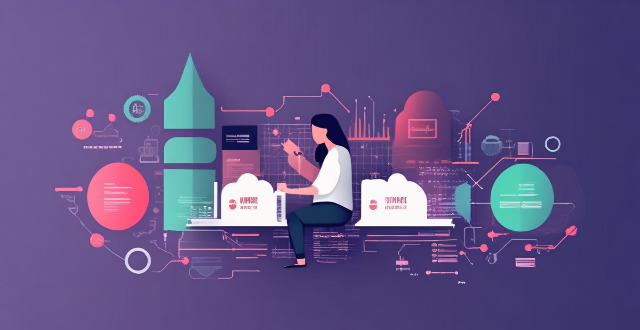This article explores how women-specific NGOs measure their impact on reducing poverty and inequality by focusing on key metrics such as economic empowerment, education and skill development, health and well-being, and gender equality and empowerment. It also highlights successful NGOs like Women's World Banking, Room to Read, and International Planned Parenthood Federation (IPPF) that use data collection tools to track progress towards their goals.

Measuring Impact of Women-Specific NGOs on Reducing Poverty and Inequality
Introduction
Women-specific non-governmental organizations (NGOs) play a crucial role in reducing poverty and inequality by focusing on issues that disproportionately affect women. To measure their impact, these organizations use various methods to track progress and ensure their efforts are making a difference. In this article, we will explore how women-specific NGOs measure their impact on reducing poverty and inequality.
Key Metrics for Measuring Impact
1. Economic Empowerment
- Increased Income: Tracking the income levels of women participating in NGO programs can show if their economic situation has improved.
- Access to Financial Services: Measuring the number of women who have gained access to financial services such as loans, savings accounts, and insurance can indicate economic empowerment.
- Entrepreneurship and Business Training: Counting the number of women who have started their own businesses or received training in entrepreneurship can demonstrate economic growth.
2. Education and Skill Development
- Literacy Rates: Measuring changes in literacy rates among women can show if education initiatives are successful.
- Skill Acquisition: Tracking the number of women who have acquired new skills through NGO programs can indicate increased employability and earning potential.
- Access to Education: Counting the number of girls who are able to attend school or complete their education can demonstrate progress in educational opportunities.
3. Health and Well-being
- Healthcare Access: Measuring the number of women who have gained access to healthcare services can show improvements in health outcomes.
- Reproductive Health: Tracking reproductive health indicators such as contraceptive use, maternal mortality rates, and childbirth complications can demonstrate progress in women's health.
- Mental Health: Counting the number of women who have received mental health support or counseling can indicate improvements in overall well-being.
4. Gender Equality and Empowerment
- Legal Rights: Measuring changes in laws and policies that protect women's rights can show progress towards gender equality.
- Political Participation: Tracking the number of women who are involved in political decision-making processes can indicate increased representation and empowerment.
- Social Norms: Counting the number of communities where harmful practices against women have been eliminated can demonstrate progress towards gender equality.
Case Studies of Successful NGOs
1. Women's World Banking
- Economic Empowerment: Women's World Banking provides microfinance services to women entrepreneurs, leading to increased income and financial independence.
- Impact Measurement: They use data collection tools like surveys and interviews to track changes in women's economic situations over time.
2. Room to Read
- Education and Skill Development: Room to Read focuses on improving literacy rates among girls by building schools and providing educational materials.
- Impact Measurement: They measure the number of girls enrolled in school, as well as their academic performance, to track progress towards their goals.
3. International Planned Parenthood Federation (IPPF)
- Health and Well-being: IPPF provides reproductive health services and education to women around the world.
- Impact Measurement: They track indicators such as contraceptive use, maternal mortality rates, and childbirth complications to measure improvements in women's health outcomes.
Conclusion
Measuring the impact of women-specific NGOs on reducing poverty and inequality requires a comprehensive approach that considers various metrics related to economic empowerment, education and skill development, health and well-being, and gender equality and empowerment. By using data collection tools like surveys, interviews, and tracking indicators, these organizations can demonstrate progress towards their goals and continue working towards a more equitable future for all women.